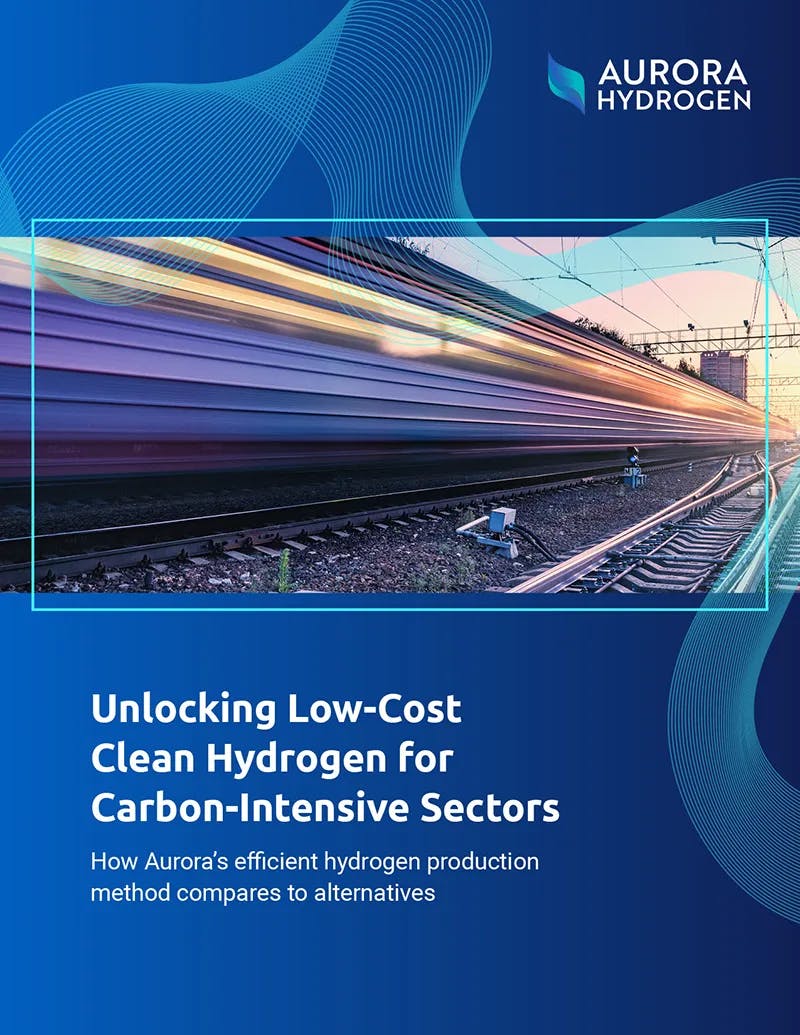As some of the world’s heaviest emitters, steel manufacturing, chemical production, long-distance trucking, off-road vehicles and heavy industrial sectors can help turn the tide in decarbonizing the economy. However, Accenture found that 84% of industrial companies and 87% of chemical companies are not on track to reach net zero emissions by 2050.
Adopting clean hydrogen as a fuel and feedstock is a viable decarbonization solution for these sectors, but if traditional combustion fuels and conventional hydrogen production methods remain cheaper, emissions targets will still fall short. A cost-effective, low-carbon form of hydrogen production is urgently needed.
With various methods of clean hydrogen production in development, organizations must find the right technology for their business goals, considering cost, scale, carbon intensity and access to renewable energy, water and CO2 storage.
This paper examines three common methods of clean hydrogen production, then compares those approaches to Aurora’s novel method of methane pyrolysis that produces clean, distributed hydrogen at a low cost.
Project owners or developers can explore the benefits, trade-offs, and project characteristics that are best fit for each production method:
- Steam methane and autothermal reforming with carbon capture and storage
- Electrolysis
- Methane pyrolysis
- Aurora’s method of methane pyrolysis

